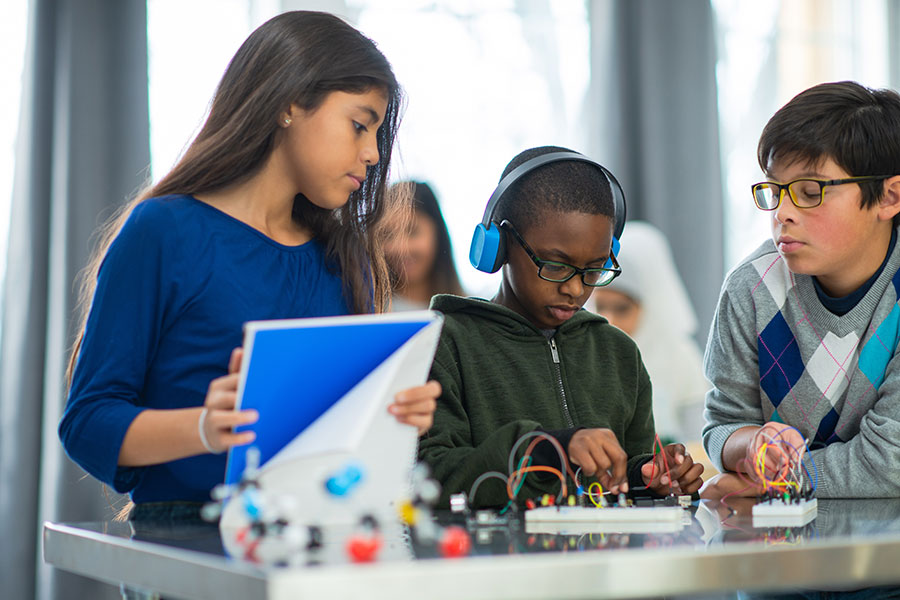This op-ed was originally published in iPolitics on January 18, 2021.
Indigenous sciences often use a qualitative, integrated approach that results in a holistic understanding of how to live in harmony with nature.
It’s more important than ever that Indigenous children in elementary and secondary schools study science, technology, engineering, and math (STEM).
STEM fields are critical to the future of work in Canada. Studies show there’s high demand for jobs requiring expertise in STEM areas. In fact, they’re growing by 4.6 per cent a year in Canada, compared to the 1.8 per cent annual growth of the job market as a whole.
The demand will only rise further, and many students are gearing their studies to meet it: Nearly a quarter of Canada’s university and college graduates got their degrees in one or more STEM subjects, according to the most recent Statistics Canada data.
Yet Indigenous people remain under-represented in skilled, well-paid STEM jobs. This is a problem, since STEM occupations are critical to Indigenous self-determination, economic growth, and reconciliation. The National Indigenous Economic Development Board has estimated that, due to Indigenous people’s missed opportunities, Canada loses nearly $30 billion a year in lost wages and productivity.
Research by the Conference Board of Canada has found that a big part of the problem is our education system. In most jurisdictions across the country, Indigenous students study science, math, and technology from a largely Western perspective; Indigenous cultures and ways of understanding STEM subjects are not represented in curriculums. As a result, many Indigenous students feel alienated, and opt out of science and math classes once they reach high school.
Provincial and territorial governments recognize Indigenous students’ lack of participation in STEM education. But efforts to reform curriculums to make them more culturally relevant have been hit and miss, and they’re undermined by a lack of cohesive, broad-based reforms at provincial and territorial levels.
Curriculum reform is crucial to improving the educational outcomes of Indigenous students. But training teachers to accommodate Indigenous cultural perspectives and learning styles in the classroom is equally important; curriculum reform needs to address and incorporate the role of teachers to ensure the benefits are maximized. Currently, only a few faculties of education in Canada teach how to incorporate Indigenous perspectives into math, science, and technology learning. School districts must fill the gaps.
Moreover, school boards and ministries of education need to partner with local communities to ensure that Indigenous perspectives used in the classroom are relevant. Context and culture vary across the country, and curriculums and teaching approaches should reflect this. Given the fact that adapting to the local context will challenge provinces and territories, collaborating with Indigenous youth and local leaders is important to ensure STEM education is relevant to all participants.
Indigenous sciences often use a qualitative, integrated approach that results in a holistic understanding of how to live in harmony with nature. Research shows that Indigenous students perform better when educators provide a culturally responsive curriculum that combines Indigenous ways of knowing nature with Western scientific knowledge. Indigenous educators refer to this as “Two-Eyed Seeing” — a way of learning that leverages the strengths, perspectives, and knowledge of both cultures.
As school districts consider ways to improve education in order to produce graduates who can compete in today’s economy, it’s important to consider how STEM learning can be reformed to make that education both appealing and accessible to Indigenous students, thus ensuring they benefit from the growing opportunities in STEM fields.



Comments